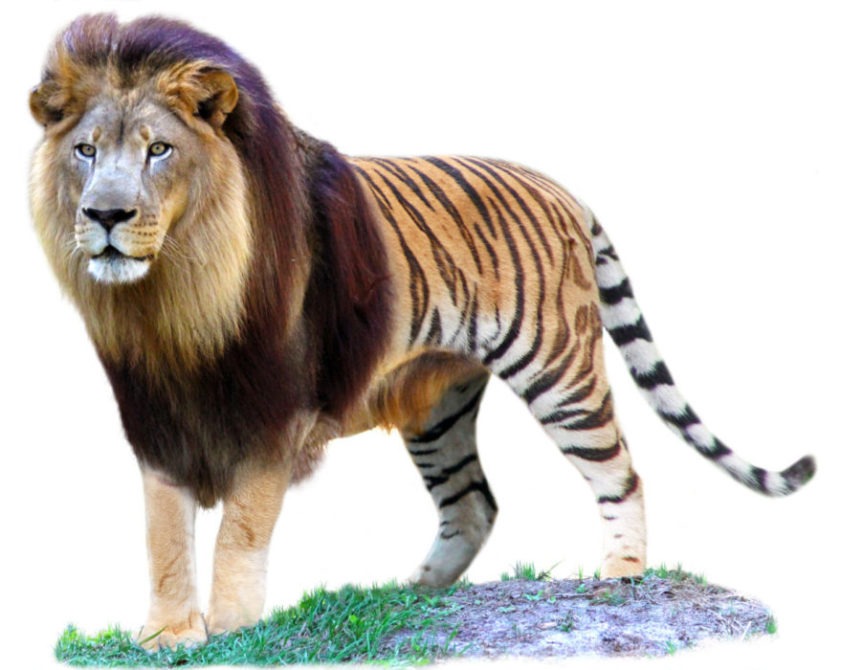Cat Chat Show Notes July 10 2013
Cat Chat Show 11
[toc]
I’d like to see if we can do our show today as a google hangout, because I’d like to have Jamie join us to talk about her recent trip to Spain to help with a big cat rescue project there. I set up a page for Wild Animal Television and you are an admin for that, so please log in and check it out. Maybe we can get online together at 11:30 to work out the bugs before going before a live audience?
Here is the link: https://plus.google.com/u/0/b/104711841833168652874/dashboard/overview
You will need to be logged into your GMail account, then hover over the icons on the left until you see Pages, then on Wild Animal Television, click Manage Page, then choose hangouts. Invite me: Carole.Baskin@BigCatRescue.org and Jamie.Veronica@BigCatRescue.org and we should be able to all share our screens, and be seen and heard. There is an easy chat feature and I think you can record from there too.
Some of the articles below are pretty long. If I have a chance before the show, I will edit them down to talking points.
Helping Big Cats in Spain



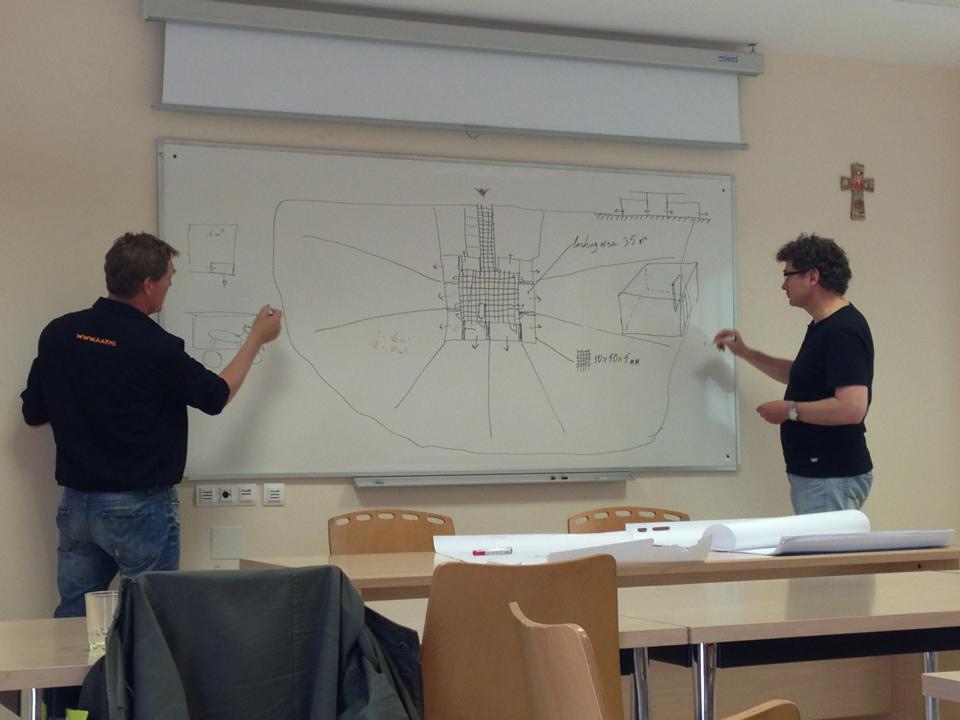
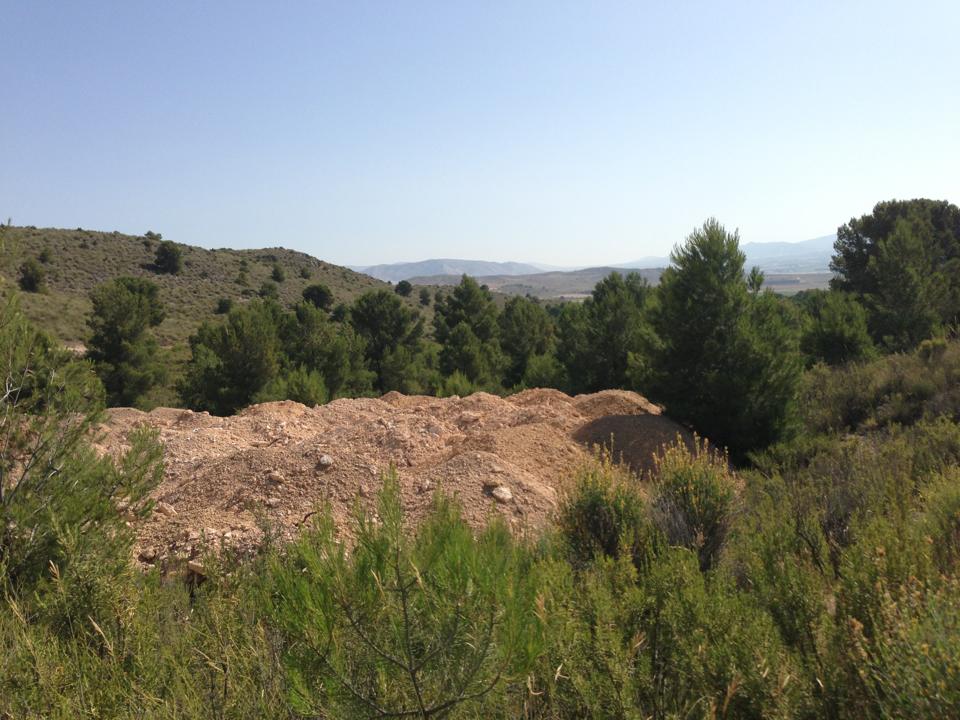
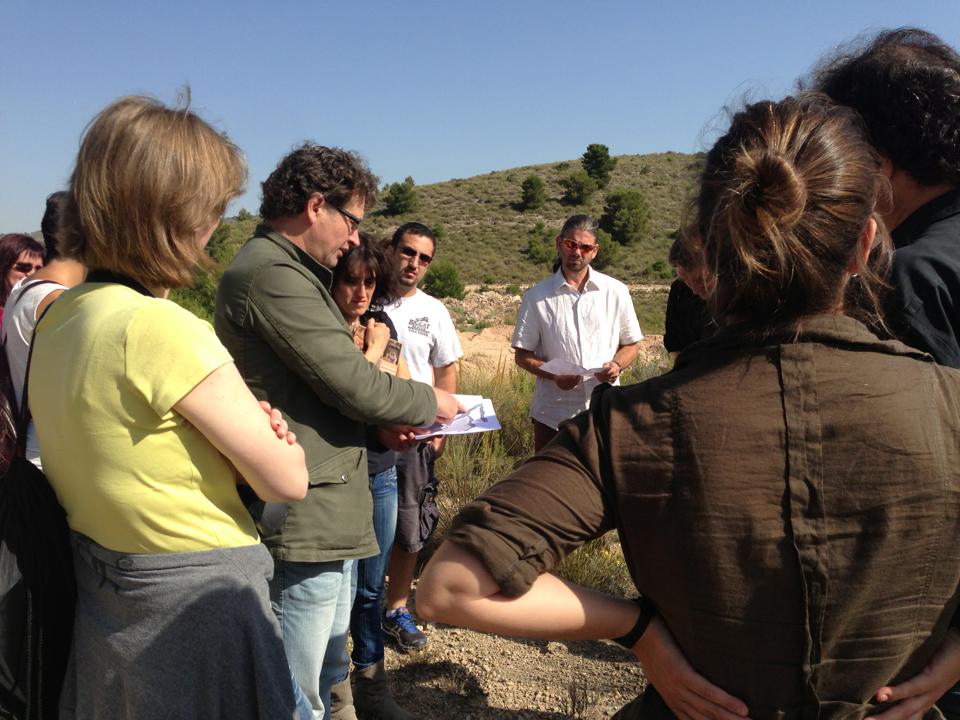
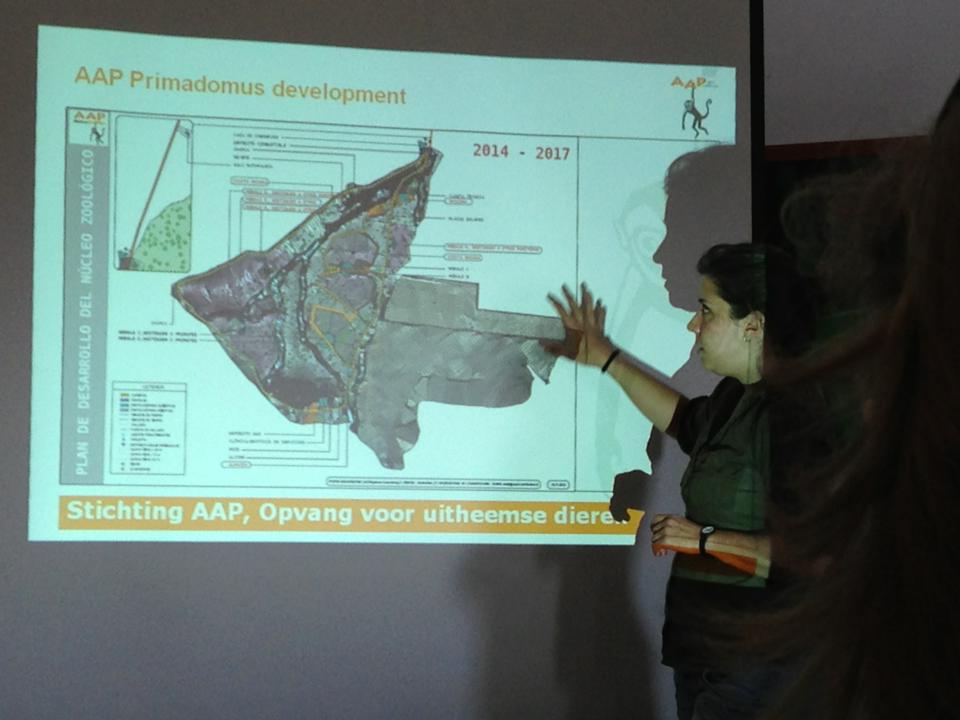

Big Cat Rescuers, Jamie Veronica and Dr Justin Boorstein, at big cat planning conference for AAP in Spain
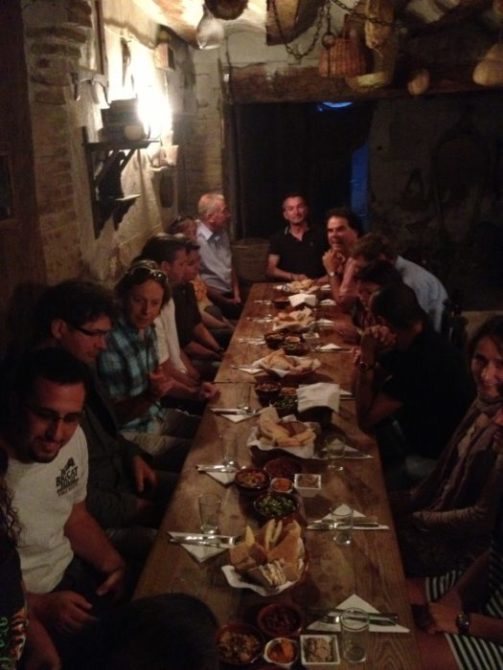
Big Cat Rescuers, Jamie Veronica and Dr Justin Boorstein, at big cat planning conference for AAP in Spain
Injured Bobcat Shows Up Months Later



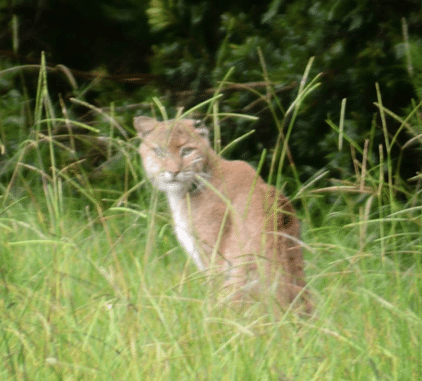
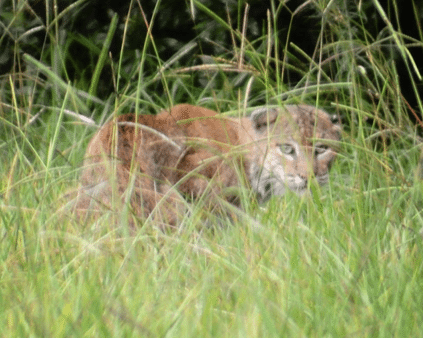

Tigers make the news in New York Post
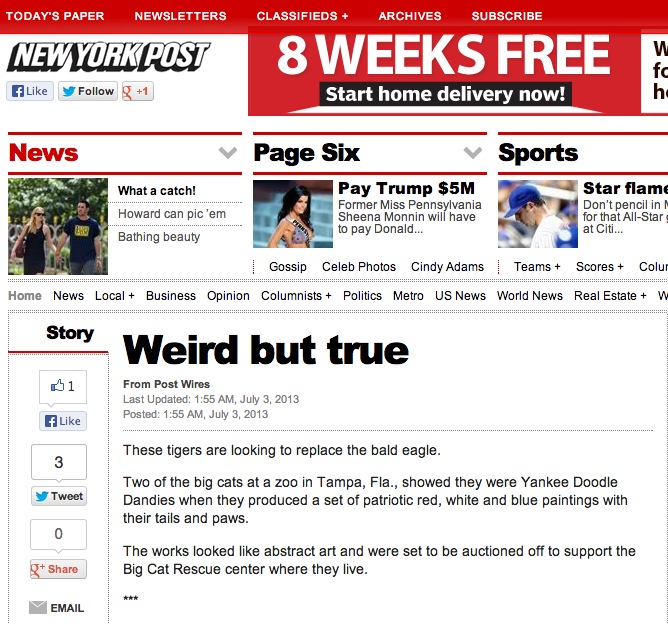
for their 4th of July paintings of Independence
Fox News Spent All Day at Big Cat Rescue


Interpol Focuses on Asian Big Cats
NEW DELHI, India – Enhancing techniques for investigating crimes against wild tigers and other Asian ‘big cats’was the focus of an INTERPOL meeting in India attended by some 30 senior law enforcement officers.
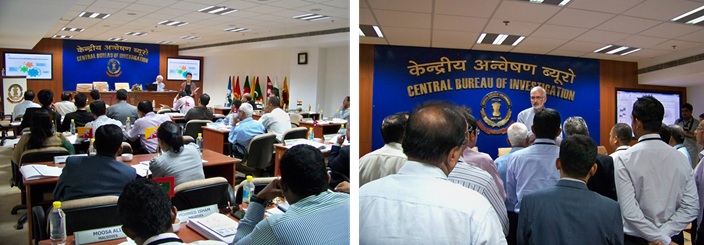
The five-day (1-5 July) Integrated Investigative Training and Operational Planning Meeting for South Asia was co-hosted by INTERPOL’s Environmental Crime Programme and India’s Central Bureau of Investigation (CBI). It brought together police, customs and wildlife officers from eight countries – Afghanistan, Bangladesh, Bhutan, India, Maldives, Nepal, Pakistan and Sri Lanka – as well as the South Asia Wildlife Enforcement Network (SAWEN) and the CITES Secretariat.
Held under the auspices of INTERPOL’s Project Predator, which supports regional efforts for the conservation of wild tigers and other Asian big cats, the meeting explored modern investigative techniques, including intelligence and information management; National Environmental Security Task Forces (NESTs); wildlife forensics and DNA analysis; controlled deliveries; cyber forensics; and effective investigation and prosecution of wildlife crimes through the use of INTERPOL’s global tools and services.
Additional partners of the meeting included TRAFFIC, SAWEN, and India’s Wildlife Crime Control Bureau and National Tiger Conservation Authority, while USAID is a strong supporter and funder of Project Predator.
Opening the meeting, Shri Ranjit Sinha, Director of India’s CBI, described wildlife crime as a highly organized, transnational crime conducted by an extensive network of criminals. Referring to tigers as the ‘greatest living symbol of our natural world’, Mr Sinha called for greater coordination between intelligence and law enforcement agencies across international borders.
In recognition of the growing international concern posed by wildlife poaching and trafficking, on 1 July United States President Barack Obama signed an executive order, outlining how wildlife crimes are increasingly coordinated by organized criminal groups and establishing a Presidential Task Force on Wildlife Trafficking.
INTERPOL’s Project Predator Leader Ioana Botezatu, said: “The recent wave of proactive initiatives, and the increased focus and determination of regional law enforcement agencies to reverse the criminal trend impacting our environment through multi-disciplinary strategic thinking, are a true success of our generation.
“INTERPOL’s resources and secure network enable the wildlife community to be safe in its actions. The Environmental Crime Programme is for this reason recommending countries to provide access to INTERPOL’s I-24/7 network to all law enforcement agencies that could bring value to environmental security. The access will enhance communication in a secure and professional manner, linking and equipping continents, regions, countries and national agencies with the means to fight modern crime,” she added.
“Support from partners such as SAWEN and TRAFFIC is essential for enhancing cohesion between countries in the region to improve wildlife law enforcement,” Ms Botezatu concluded.
During the operational planning portion of the meeting, participants generated ideas to enable national agencies to further develop national plans that will benefit cross-border cooperation under the auspices of Operation Prey, which targets the illegal trade in Asian big cats and wildlife products.
The Honorable Minister of State for Environment and Forests of India, Jayanthi Natarajan pledged her country’s support for the conservation of wild tigers and all Asian big cats.
“In 50 years of conservation, we have not seen wildlife trade at the scale we see today. It is the greatest threat to some of our wildlife species like the tiger, elephant and rhinoceros. The battle is far from won.
“SAWEN is a very important network to address the challenges of wildlife crime, and I reiterate our support for addressing the illegal trade. Recent evidence shows that wildlife crime networks have been linked to terrorist organizations, so we need more multi-agency collaboration,” concluded Ms Natarajan.
The meeting in New Delhi was the first in a series of two integrated training and operational planning meetings in Asia. A Training and Needs Assessment for Investigate Wildlife Operations in Southeast Asia will be held from 8-12 July in Bangkok, Thailand.
Raising wildlife crime and other environmental crimes on the political agenda is also an objective of the INTERPOL Environmental Compliance and Enforcement events to be held in Nairobi, Kenya from 4-8 November 2013.
Best regards,
Environmental Crime Programme
Is It Safe to Feed Horse Meat to Big Cats?
The short answer is, “No!”
Horse Advocates Target Bute Ban in National Zoo Campaign
“Studies performed in laboratory animals have shown that phenylbutazone has carcinogenic properties. “
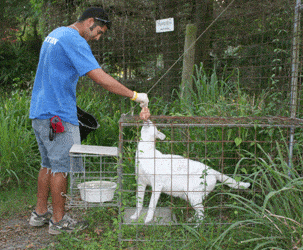 HOUSTON, (Horseback) – When equine slaughterhouses open their doors in New Mexico, Iowa, and Missouri this month, their proprietors are likely to face a determined effort by animal advocates to educate a prime market for horsemeat – the nation’s zoos. Horseback Magazine has learned that a determined national effort to inform them that phenylbutazone, or bute, is prohibited by the FDA for human consumption, and American horsemeat faces a ban by European Union countries because of toxic chemicals.
HOUSTON, (Horseback) – When equine slaughterhouses open their doors in New Mexico, Iowa, and Missouri this month, their proprietors are likely to face a determined effort by animal advocates to educate a prime market for horsemeat – the nation’s zoos. Horseback Magazine has learned that a determined national effort to inform them that phenylbutazone, or bute, is prohibited by the FDA for human consumption, and American horsemeat faces a ban by European Union countries because of toxic chemicals.
The federal USDA has approved funding for the use of federal meat inspectors in the facilities. All say they will open in July.
On advocates target list – 222 zoos from coast to coast.
Bute is administered to horses and other animals as a pain killer.
In their pitch to the zoos, advocates will cite an FDA prohibition against use of the drug in food animals, as well as a ban by the European Union on the import of horsemeat tainted with phynalbutazone and about 25 other chemicals commonly administered to U.S. horses. In Europe, horses destined for food must be monitored for life and certified that their meat is uncontaminated via a diary system.
Scientists say feeding bute tainted meat to zoo animals is dangerous to the expensive exotic species.
“Studies performed in laboratory animals have shown that phenylbutazone has carcinogenic properties. Based upon these studies, phenylbutazone is just as dangerous to animals as it is to humans,” said Ann Marini, MD, PhD.
Marini is co-author of the leading study on the subject of the use of Bute in horses, “Association of phenylbutazone usage with horses bought for slaughter: A public health risk,” along with Nicholas Dodman and Nicolas Blondeau. The Work was published in the scientific journal, Food and Chemical Toxicology.
 The drug is almost universally used on American horses and it is believed that only an insignificant number of animals have not received it. Of most concern is the fact that the drug does not leave the animal’s carcass but remains in the body for life. The only valid test for its presence is to test the kidneys where it is stored through a post mortem examination.
The drug is almost universally used on American horses and it is believed that only an insignificant number of animals have not received it. Of most concern is the fact that the drug does not leave the animal’s carcass but remains in the body for life. The only valid test for its presence is to test the kidneys where it is stored through a post mortem examination.
“In 2007, the USDA Food Safety and Inspection Service stated that “phenylbutazone is considered to be one of the most toxic non-steroidal anti-inflammatory drugs. It is not approved for use in food animals and there are no regulatory limits, such as acceptable daily intake or safe concentration for meat, established by the Food and Drug Administration. Therefore, the presence of any amount of phenylbutazone in food animal tissue will be considered a violation and likely to be unsafe for human consumption,” said an online statement from Thermo Fisher Scientific, a firm that markets a quick test to determine if bute is present in horsemeat.
“Feeding horse meat to captive carnivores has many hazards beyond the revulsion of zoo attendees. Not only does it contain a wide range of equine medications, but it can also transmit trichinosis and even the West Nile Virus,” said John Holland, the nation’s foremost advocate of preventing the resumption of equine slaughter. He is founder and President of the Chicago based Equine Welfare Alliance.
Posted on July 8, 2013 by R.T. Fitch
By Steve Long ~ author/publisher of Horseback Magazine
Anti Horse Slaughter Advocates Target Bute Ban in National Zoo Campaign
Note: Big Cat Rescue does not feed horse meat.
Wild things Are Meant to Be Wild
As the tales of two killer whales show, it’s a mistake for humans to think animals like orcas, chimps and tigers can be tamed.
On Feb. 24, 2010, a call came in to the Orange County Sheriff’s Office in Florida from SeaWorld.
“A whale has eaten one of the trainers.”
“A whale ate one of the trainers?” the dispatcher repeated, incredulously.
“That’s correct.”
That day, a 12,000-pound killer whale named Tilikum (“Tilly” for short) dragged senior trainer Dawn Brancheau to the bottom of the tank and repeatedly whipped and rammed her body, killing her as visitors to the aquarium looked on in horror. When Brancheau’s body was recovered, her left arm and part of her scalp were still lodged in Tilly’s mouth.
In 2009, SeaWorld trainer Dawn Brancheau rides Tilikum, the orca that would eventually kill her despite claims he was “tame.”
On the other side of the continent, four years earlier, a baby killer whale named Luna, who had been separated from his pod, approached a boat in Nootka Sound on British Columbia’s remote west coast.
He was the area’s mascot, as “friendly as a retriever puppy,” described as “lonely” and “looking for friends” by locals. Videos of Luna imitating boat sounds through his blowhole to entice humans to interact with him went viral. He waved with his fins, splashed people with water to get their attention, and swam near docks and boats, as if goading people to pet him.
And many did — to the consternation of government officials who tried to levy penalties about people who interacted with the cetacean. One woman even put her whole hand in his mouth and rubbed his rough tongue. (She was later fined $100 but stated it was the “best $100 I ever spent.”)
But on March 10, 2006, Luna didn’t find a friend.
So, accustomed to approaching humans on boats, Luna swam up to an 100-foot tugboat and was pulled in by the propeller. He died instantly.
“It is proximity — whether it’s whales killing people or people killing whales,” explains David Kirby, author of the book “Death at SeaWorld,” which follows Tilly and other orcas in captivity. “We don’t belong in each other’s spaces.”
The stories of two very different orcas — Tilly, the subject of a soon-to-be released documentary “Blackfish,” and Luna, the hero of new book “The Lost Whale” — are examples of the tragic outcomes that often occur when humans underestimate wild animals.
FOR decades, researchers in biological sciences were warned about the dangers of humanizing the animals they studied.
“Many were taught that it was wrong to assume that animals have anything like the same emotions humans have,” the co-authors of “The Lost Whale” write. “So for humans to acknowledge or accept their own emotional response to the apparent emotions of animals was a sign of ignorance.”
By SUSANNAH CAHALAN
Last Updated: 12:49 AM, July 7, 2013
Posted: 11:07 PM, July 6, 2013
https://www.nypost.com/p/news/opinion/books/wild_things_PHntcVPe1YcUfaMt8UUxCK
Illegal wildlife traders have links with terrorists: Natarajan
There is evidence to suggest that some gangs involved in illegal wildlife trade have links with terrorist organisations, Environment Minister Jayanthi Natarajan said today.
“We must not forget that this (illegal wildlife trade) is big business. Wildlife is trafficked much like illegal drugs and arms and therefore by very nature it is difficult to obtain correct figures of value of this trade. It runs into hundreds and millions of dollars,” she said.
Speaking at the valedictory ceremony of the five-day programme on Asian Big Cat Related Crimes organised by Interpol and CBI, she said in addition to elephants and tigers which are killed for ivory and skin and bones respectively, countless animals are being overexploited.
Corruption and weak judicial system allow the criminal network to exploit wildlife as it is a low risk and high return business for them, she said, adding that international illegal wildlife trade is estimated to be about USD 10 billion annually.
“The existence of illegal wildlife trade undermines efforts made by a country to protect their natural resources. Recent evidence points at, as CBI must be knowing, some of the networks are linked with terror groups,” she said.
Natarajan assured the CBI that she would look into the concerns of the agency which has to take sanction from the state governments before probing wildlife crime cases which are spread across state borders.
Earlier speaking at the function, CBI Director Ranjit Sinha appreciated the role of the experts saying they possess rich experience in conservation of tiger and have been in the forefront of law enforcement in India and South Asia.
“I salute their commitment to the cause of preserving wildlife.
https://www.business-standard.com/article/pti-stories/illegal-wildlife-traders-have-links-with-terrorists-natarajan-113070500608_1.html
8 Minute Video of Hamburger Mary’s Event
Next Event is July 30, 2013 at 7:30 PM Hamburger Mary’s in Ybor City.

Subscribe to our weekly live Cat Chat Show in iTunes or on YouTube.com/DailyBigCat



